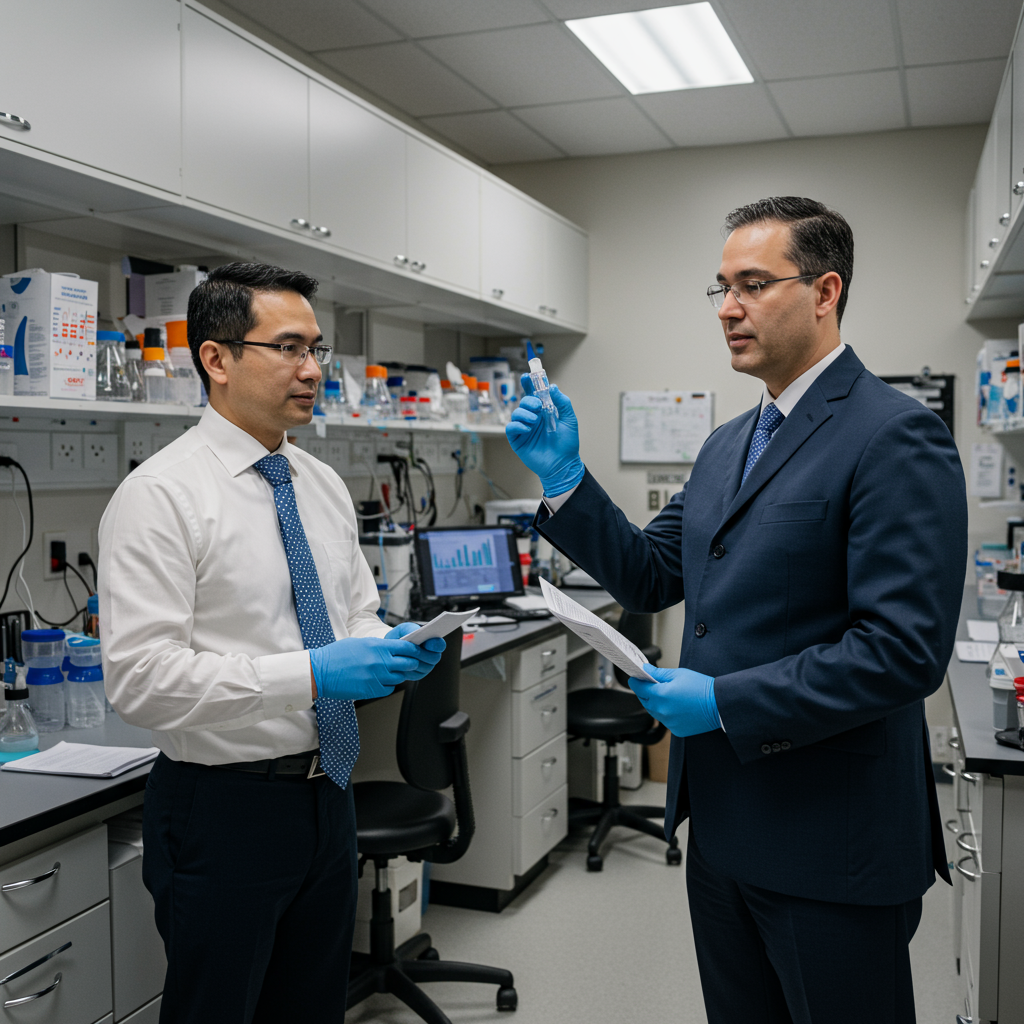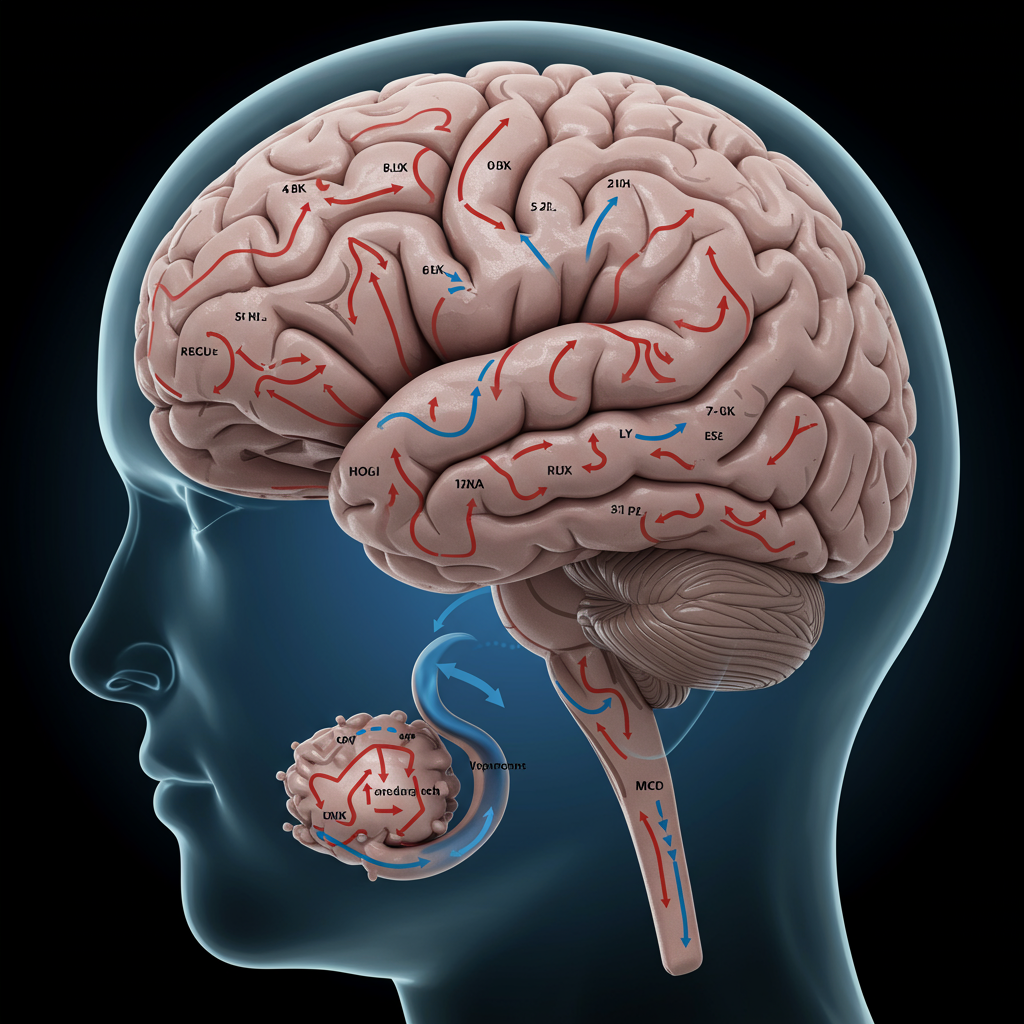A silent health crisis is escalating rapidly in Wisconsin. Deaths from liver diseases caused by excessive alcohol consumption are surging, reaching concerning levels especially among younger adults and women. This alarming trend mirrors national patterns observed since the COVID-19 pandemic, casting a harsh light on the devastating physical toll of heavy drinking.
The rise in alcohol-related liver damage in Wisconsin is significant and warrants immediate attention. Data confirms a sharp increase in fatalities linked to these preventable conditions. Experts point to a confluence of factors, including increased alcohol consumption during and after the pandemic, coupled with the state’s deeply ingrained drinking culture.
The Escalating Crisis in Wisconsin
Wisconsin has experienced a dramatic increase in deaths directly attributed to alcohol-induced liver diseases. According to data from the Centers for Disease Control and Prevention (CDC), deaths from cirrhosis of the liver, a severe form of alcohol-related liver damage, climbed by a staggering 35% in Wisconsin between 2019 and 2023.
Over this five-year period, nearly 3,000 Wisconsinites lost their lives to various alcohol-related liver conditions. The vast majority of these deaths, totaling 2,072, were due to cirrhosis. While deaths from alcoholic hepatitis saw a slight decrease, fatalities from other conditions like alcoholic fatty liver and alcoholic hepatic failure also increased during this timeframe. This upward trend in liver disease deaths parallels a broader surge in alcohol-related fatalities across the state. A prior analysis found that general alcohol-related deaths in Wisconsin more than tripled between 1999 and 2020, highlighting a persistent and worsening public health challenge.
These state-level statistics are not isolated. They align with findings from a June 2024 study in JAMA Open Network, which reported a “significant acceleration” in alcohol-associated liver disease deaths nationwide. That study found these deaths increased by nearly 9% annually across the United States between 2018 and 2022.
Why Younger People and Women Are Increasingly Vulnerable
Historically, alcohol-related liver diseases were most commonly diagnosed in individuals past middle age. However, this demographic is shifting alarmingly. Doctors are now seeing these severe conditions manifest in much younger patients.
Shifting Demographics: The Younger Trend
Dr. Rita German, a transplant hepatologist at UW Health in Madison, notes a clear trend towards younger patients presenting with alcohol-related liver problems. At UW Health’s specialized clinic for these conditions, the average patient age has dropped to 45. Dr. German has even treated patients as young as 25 for severe alcohol-induced liver damage.
This shift might seem counterintuitive given some research suggesting younger generations, like Gen Z, are drinking less overall. However, experts explain that while some young people are cutting back, those who do consume alcohol may be engaging in heavier drinking episodes. Data from Wisconsin’s 2023 Youth Risk Behavior Survey supports this, showing that despite a general decrease in alcohol use among high schoolers, more than one in ten reported binge drinking within the 30 days prior to the survey. The national JAMA study specifically identified a concerning rise in alcohol-related liver disease deaths among adults aged 25-44, reinforcing the trend impacting this younger age bracket.
Disproportionate Impact on Women
Women are also facing a disproportionately higher risk from increasing alcohol consumption. The national JAMA study highlighted that deaths from alcohol-related liver disease increased significantly among women. This heightened vulnerability is rooted in biological differences.
Women generally absorb more alcohol into their bloodstream than men. This is partly due to women typically being smaller in size. Additionally, women’s bodies have lower levels of gastric alcohol dehydrogenase, an enzyme in the stomach that helps break down alcohol before it enters the bloodstream. As a result, a given amount of alcohol leads to higher blood alcohol concentrations in women, putting them at greater risk for liver damage compared to men consuming the same amount. The Medical College of Wisconsin’s liver transplant team has reported seeing younger and younger women needing liver transplants due to alcohol consumption, further illustrating this concerning reality. Separate research also points to a rapid rise in binge drinking rates specifically among women, with rates increasing faster than among men in some regions, contributing to increased exposure to liver-damaging levels of alcohol.
Understanding Alcohol’s Toll on the Liver
The liver is remarkably resilient but can be overwhelmed by persistent heavy alcohol exposure. Chronic excessive drinking causes a progression of damage.
From Fat to Scarring: How Damage Occurs
Initially, consuming significant amounts of alcohol can cause fat to accumulate in the liver cells, a condition known as alcoholic fatty liver disease. If heavy drinking continues, inflammation can develop (alcoholic hepatitis). Over time, this persistent inflammation and damage lead to the formation of scar tissue, a process called fibrosis. When scarring becomes extensive and replaces healthy liver tissue, it results in cirrhosis. Cirrhosis severely impairs liver function and can lead to life-threatening complications.
Silent Progression: The Danger of Late Symptoms
One of the most dangerous aspects of alcohol-related liver disease is its often silent progression. Early stages may have no noticeable symptoms. Even as damage advances to fibrosis or early cirrhosis, individuals might feel perfectly fine. Symptoms like jaundice (yellowing of skin and eyes), fever, fatigue, abdominal pain, or confusion often do not appear until the disease is quite advanced and the liver is significantly damaged, making treatment much more challenging and sometimes requiring a liver transplant.
Addressing the Crisis: Paths Forward
Experts emphasize that most alcohol-related liver deaths are preventable. Turning the tide requires a multifaceted approach involving healthcare, public awareness, and challenging societal norms.
The Power of Open Communication
Dr. German stresses the critical need for patients to be open and honest with their doctors about their alcohol consumption. This transparency is essential for early detection. For this open communication to occur, healthcare providers and society at large must reduce the stigma surrounding alcohol use disorder, viewing it as a treatable disease rather than a moral failing. When individuals feel safe to disclose their habits, doctors can identify risks and recommend necessary screenings, such as a liver ultrasound, which can help detect early signs of damage.
Seeking Comprehensive Care
Effective treatment for alcohol-related liver disease often requires addressing both the physical damage and the underlying issues driving alcohol use. Multidisciplinary clinics, like the one at UW Health, offer integrated care. Patients see not only liver specialists but also addiction specialists and mental health counselors. This comprehensive approach treats the liver condition while also addressing potential alcohol use disorder and co-occurring mental health conditions that can contribute to heavy drinking. The UW Health clinic has provided care to hundreds of patients since its inception in 2021.
Prevention and Education Efforts
Maureen Busalacchi, director of the Wisconsin Alcohol Policy Project, is working to shift the narrative around drinking culture in the state. She highlights that the message isn’t necessarily total abstinence for everyone but rather encouraging individuals to critically evaluate their consumption and consider drinking less. U.S. dietary guidelines recommend limiting consumption to one drink or fewer per day for women and two drinks or fewer per day for men for those of legal drinking age. Promoting awareness of these guidelines is crucial. Busalacchi sees positive signs in communities statewide increasing education about the consequences of excessive drinking, particularly for young people. Stricter enforcement of age compliance checks for alcohol sales is another tactic being employed to curb underage access and prevent harmful drinking patterns from developing early.
Hope for Recovery: Can Liver Damage Be Reversed?
There is hope for those affected by early-stage alcohol-related liver damage. Conditions like alcoholic fatty liver and even some levels of fibrosis can potentially be reversed if the individual completely abstains from alcohol. This highlights the importance of early detection and intervention. However, once cirrhosis develops, the scarring is typically irreversible, though quitting alcohol can prevent further damage and potentially improve liver function and overall health outcomes.
Frequently Asked Questions
What types of alcohol-related liver diseases are increasing in Wisconsin?
Data from 2019 to 2023 shows an increase in deaths from several alcohol-related liver diseases in Wisconsin. This includes significant rises in deaths caused by cirrhosis of the liver, alcoholic fatty liver disease, and alcoholic hepatic failure. While deaths from alcoholic hepatitis saw a slight decline during this specific period, cirrhosis accounts for the majority of these alcohol-related liver fatalities.
Where can someone in Wisconsin seek help for alcohol use and potential liver issues?
Individuals concerned about their alcohol consumption or potential liver damage can start by having an honest conversation with their primary care doctor. Healthcare providers can offer guidance, screenings like liver ultrasounds if appropriate, and referrals. Specialized multidisciplinary clinics, such as the one at UW Health, provide comprehensive care from liver specialists, addiction counselors, and mental health professionals for those with alcohol use disorder and related liver conditions. Local community health services and addiction treatment centers are also valuable resources.
What are the current U.S. guidelines for safe alcohol consumption to protect liver health?
U.S. dietary guidelines for adults of legal drinking age recommend limiting alcohol consumption to one drink or fewer per day for women and two drinks or fewer per day for men. Exceeding these limits, especially consistently over time or through heavy episodic drinking (binge drinking), significantly increases the risk of developing alcohol-related liver diseases like fatty liver, alcoholic hepatitis, and cirrhosis.
The escalating rate of alcohol-related liver problems, particularly among younger adults and women in Wisconsin, is a critical public health issue. Addressing this crisis requires reducing stigma, promoting open conversations about alcohol use, increasing awareness of risks and guidelines, and expanding access to comprehensive, multidisciplinary treatment. Early detection and abstinence offer the best chance for recovery and preventing further devastating loss of life.
References
- www.yahoo.com
- <a href="https://www.syracuse.com/health/2015/05/bingedrinkingincentralnew_york.html”>www.syracuse.com



